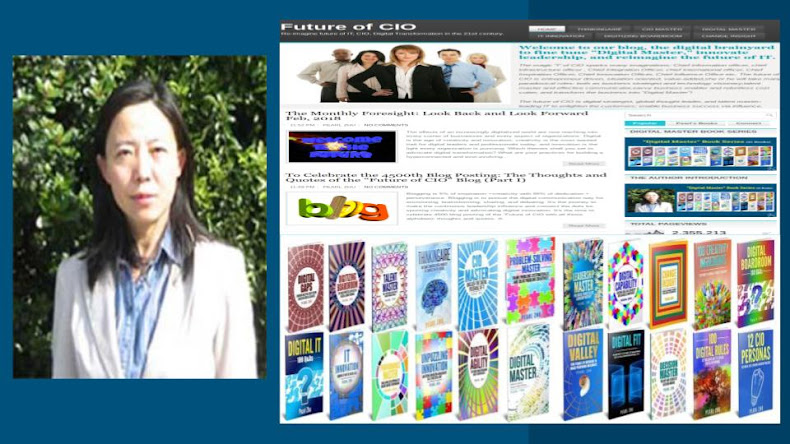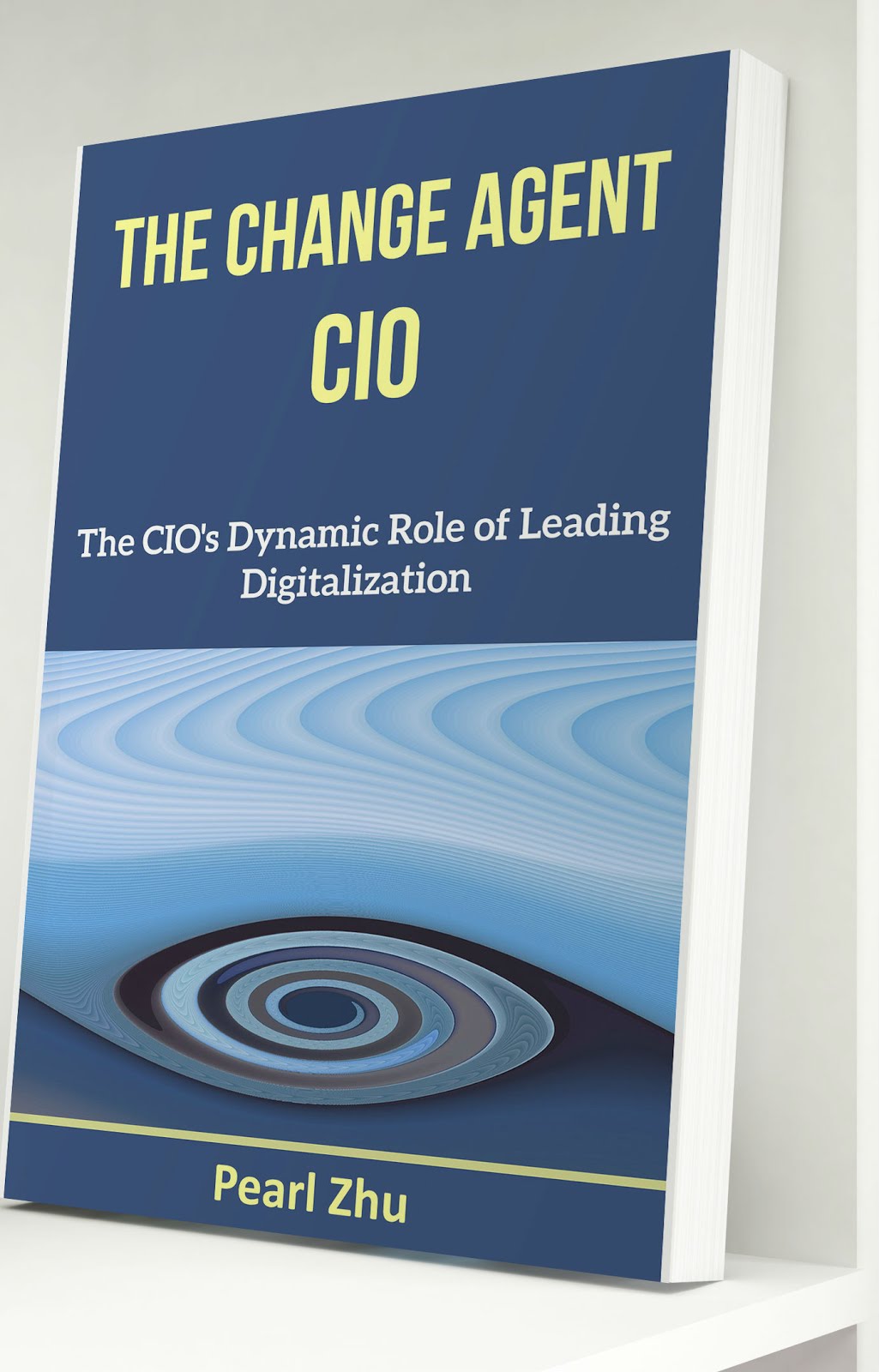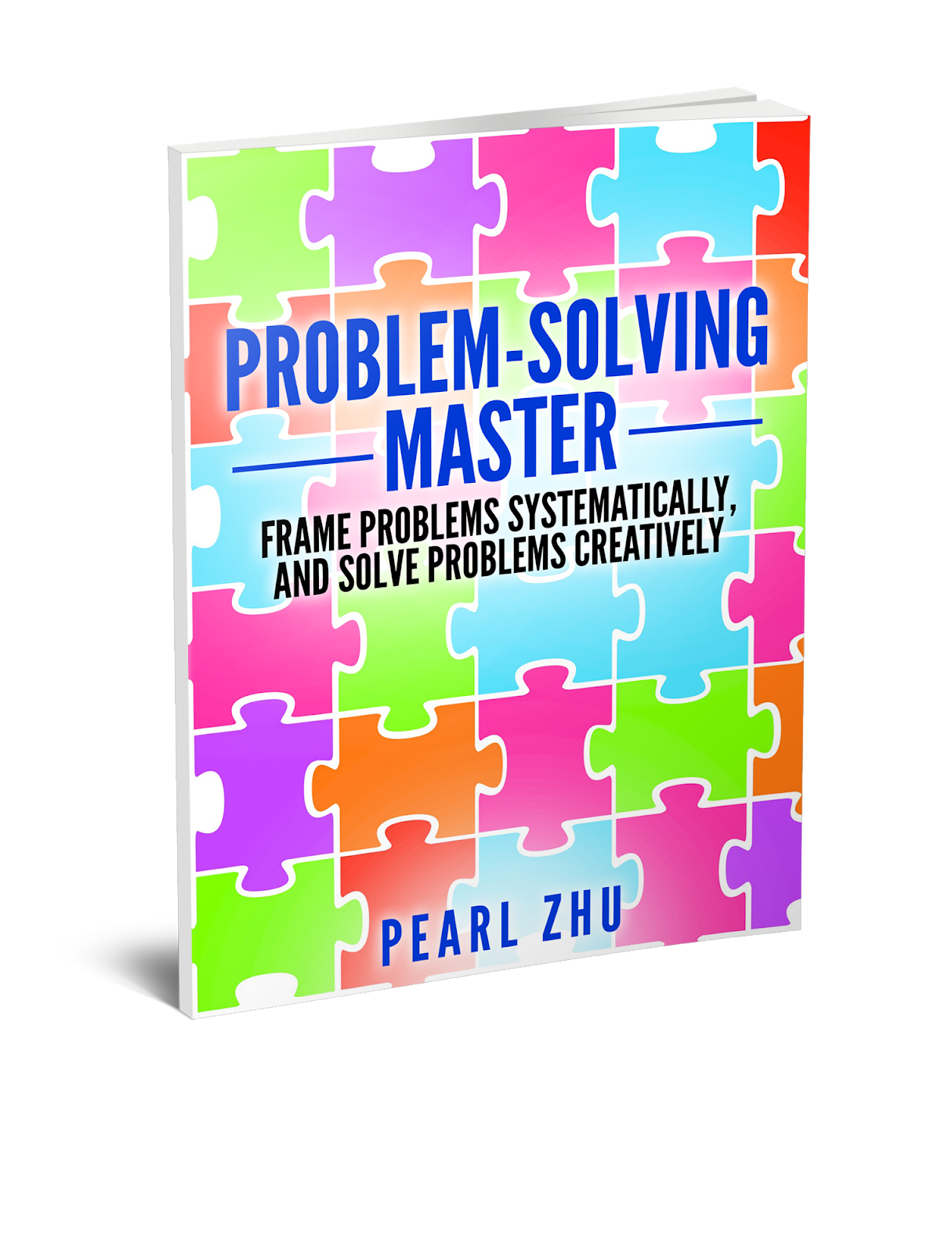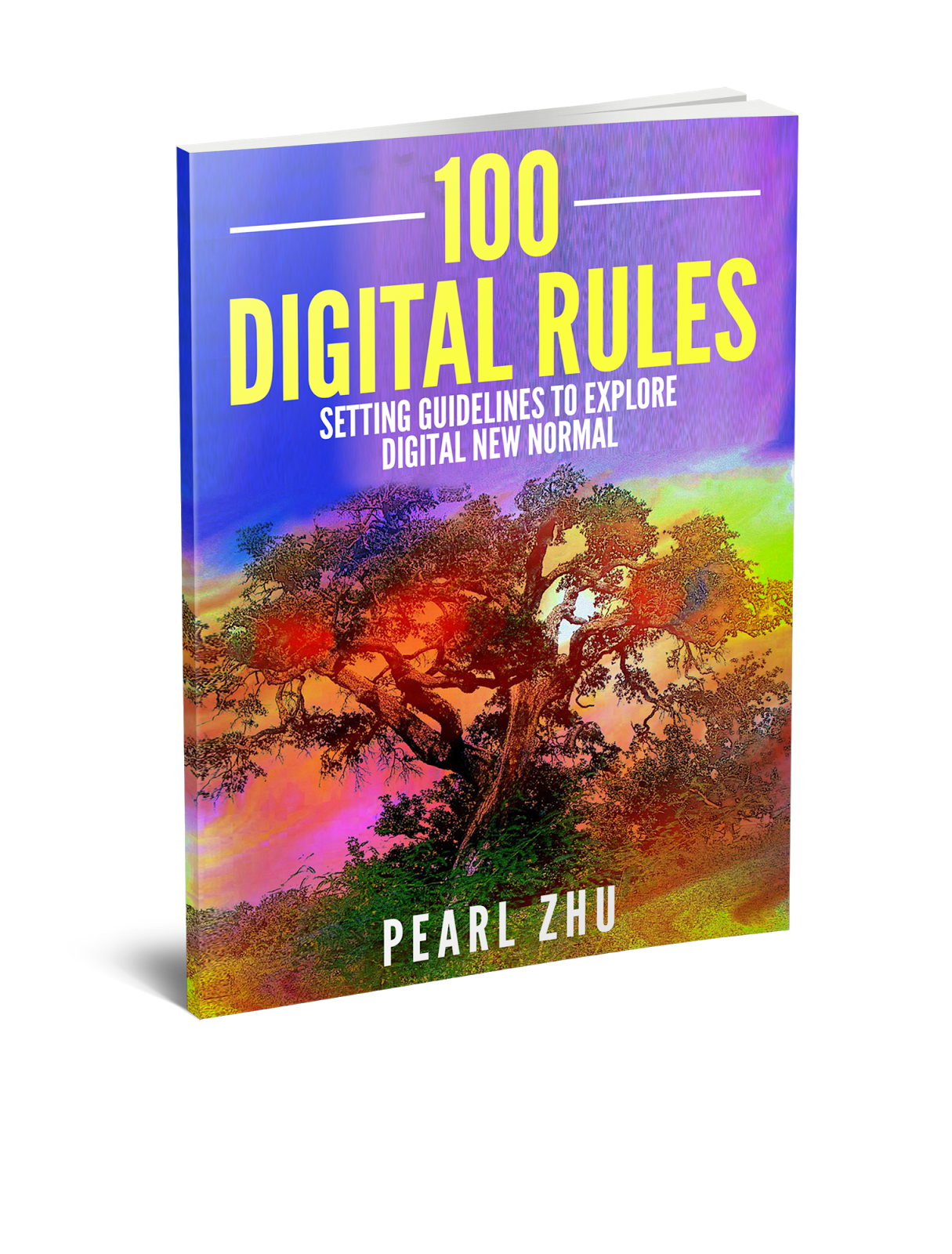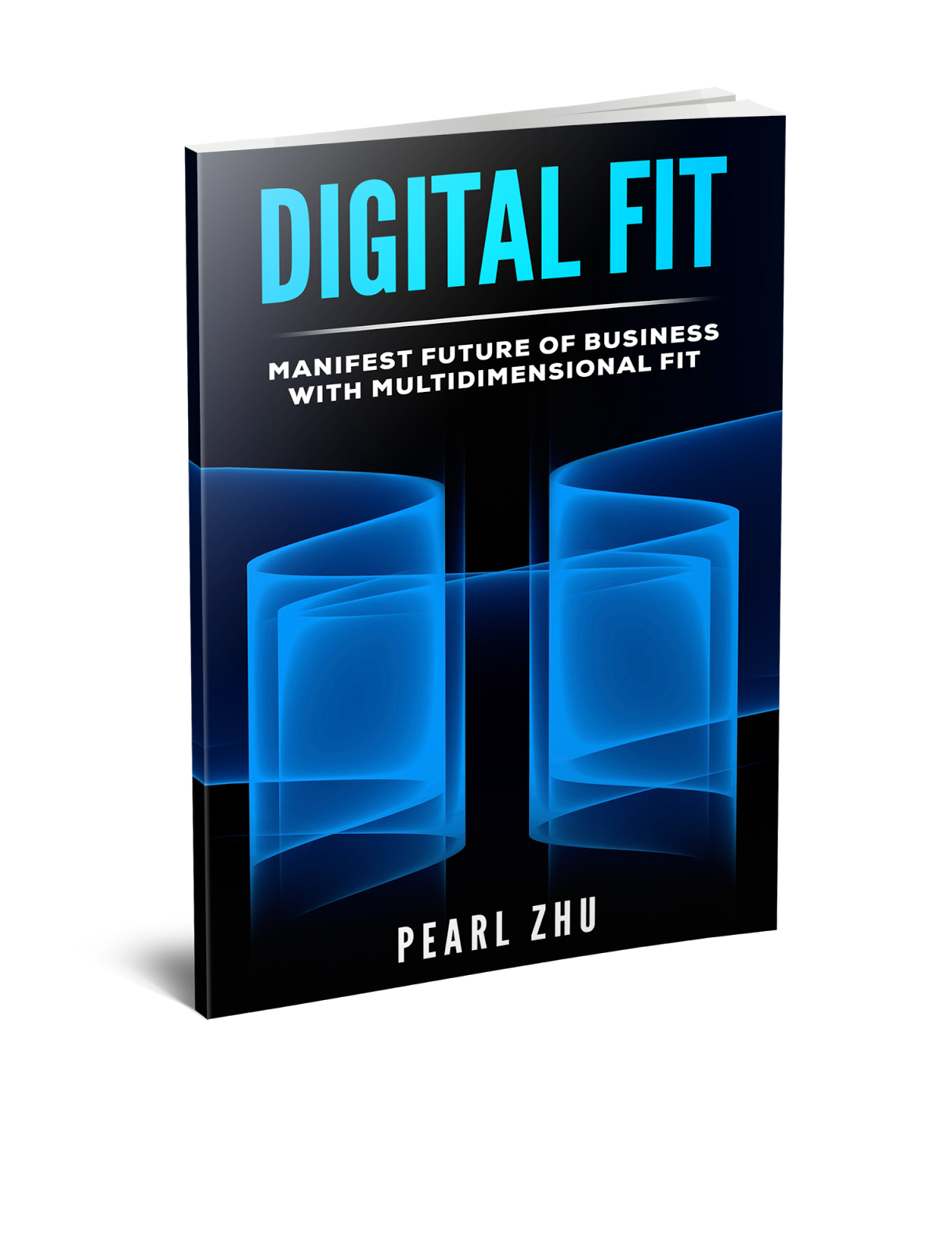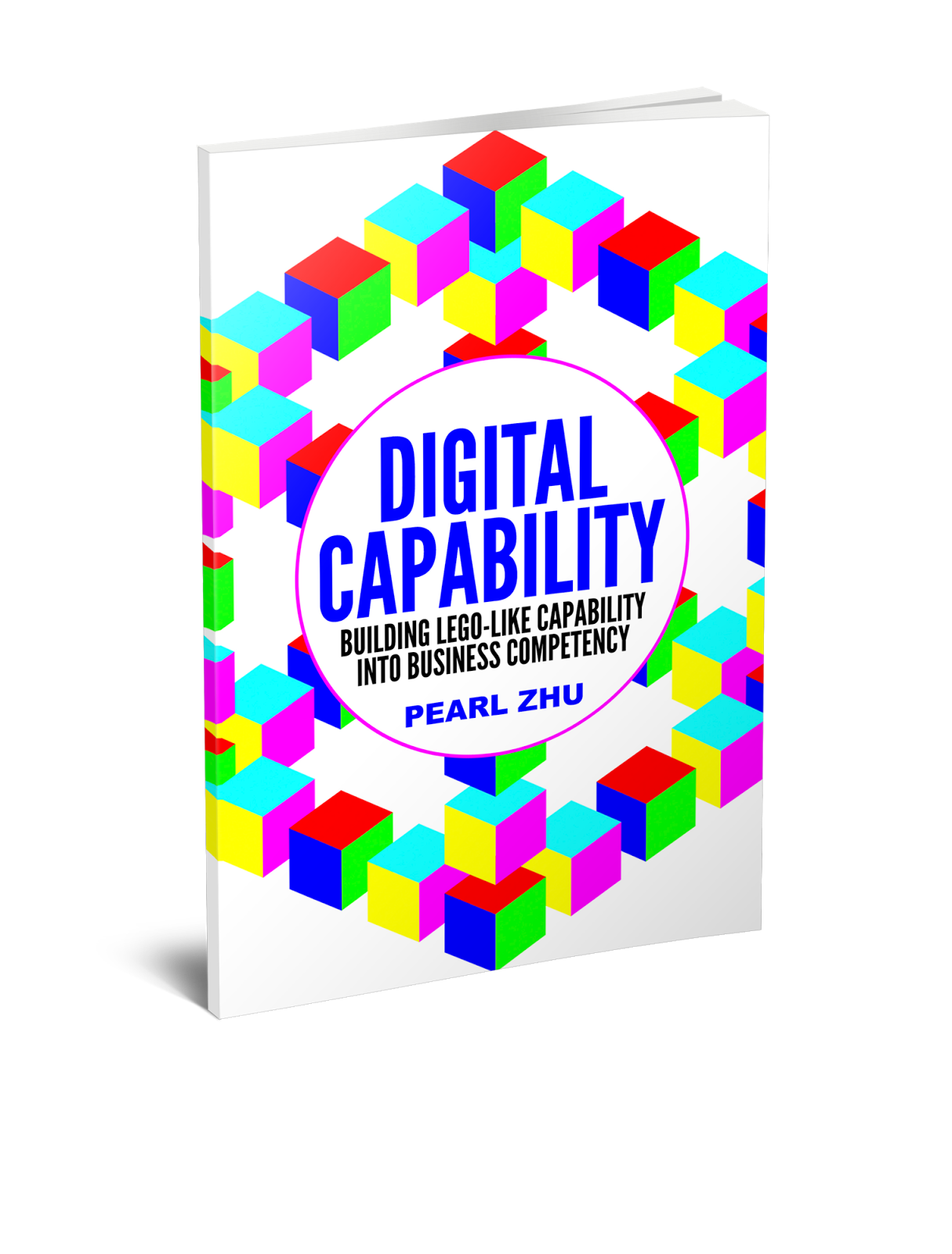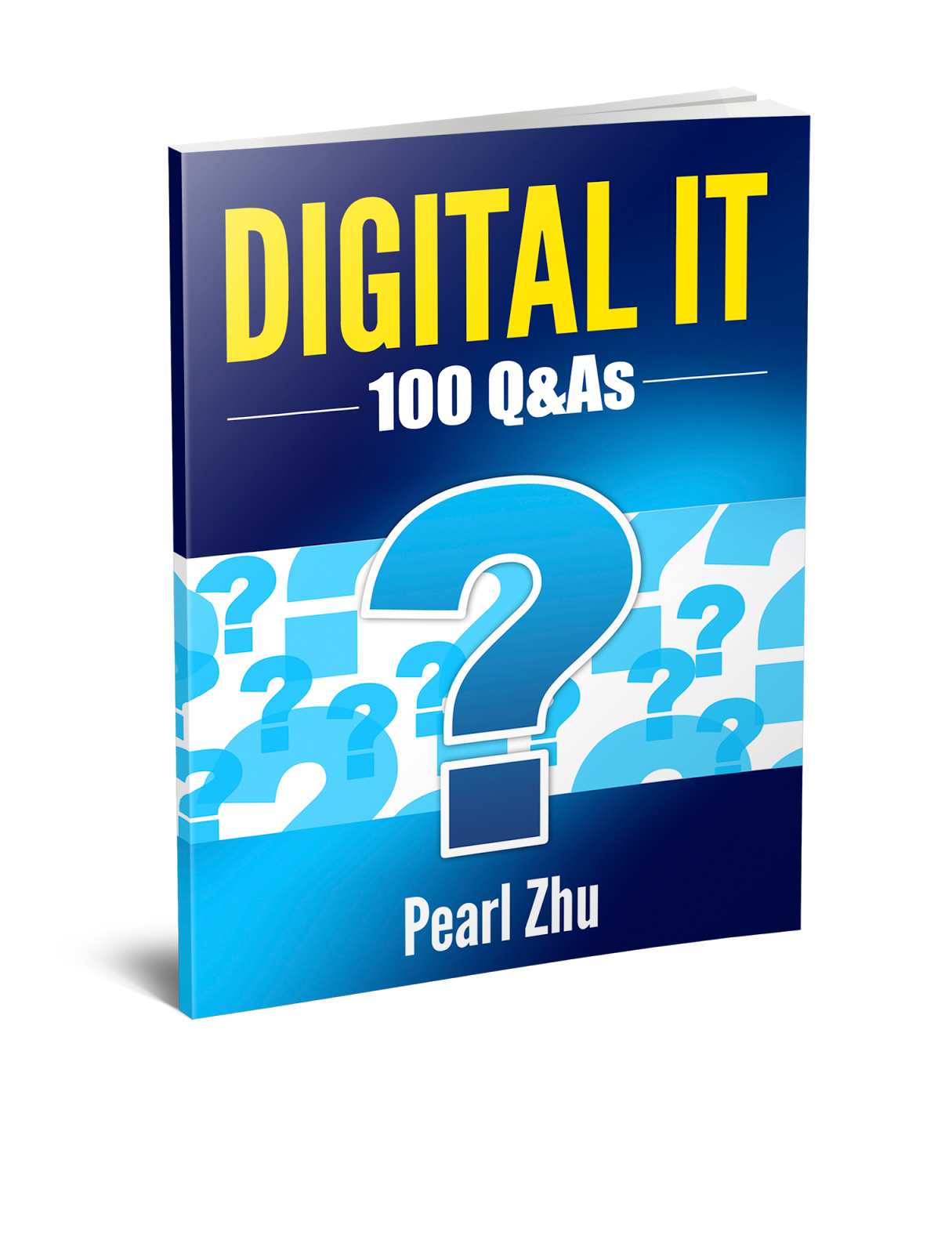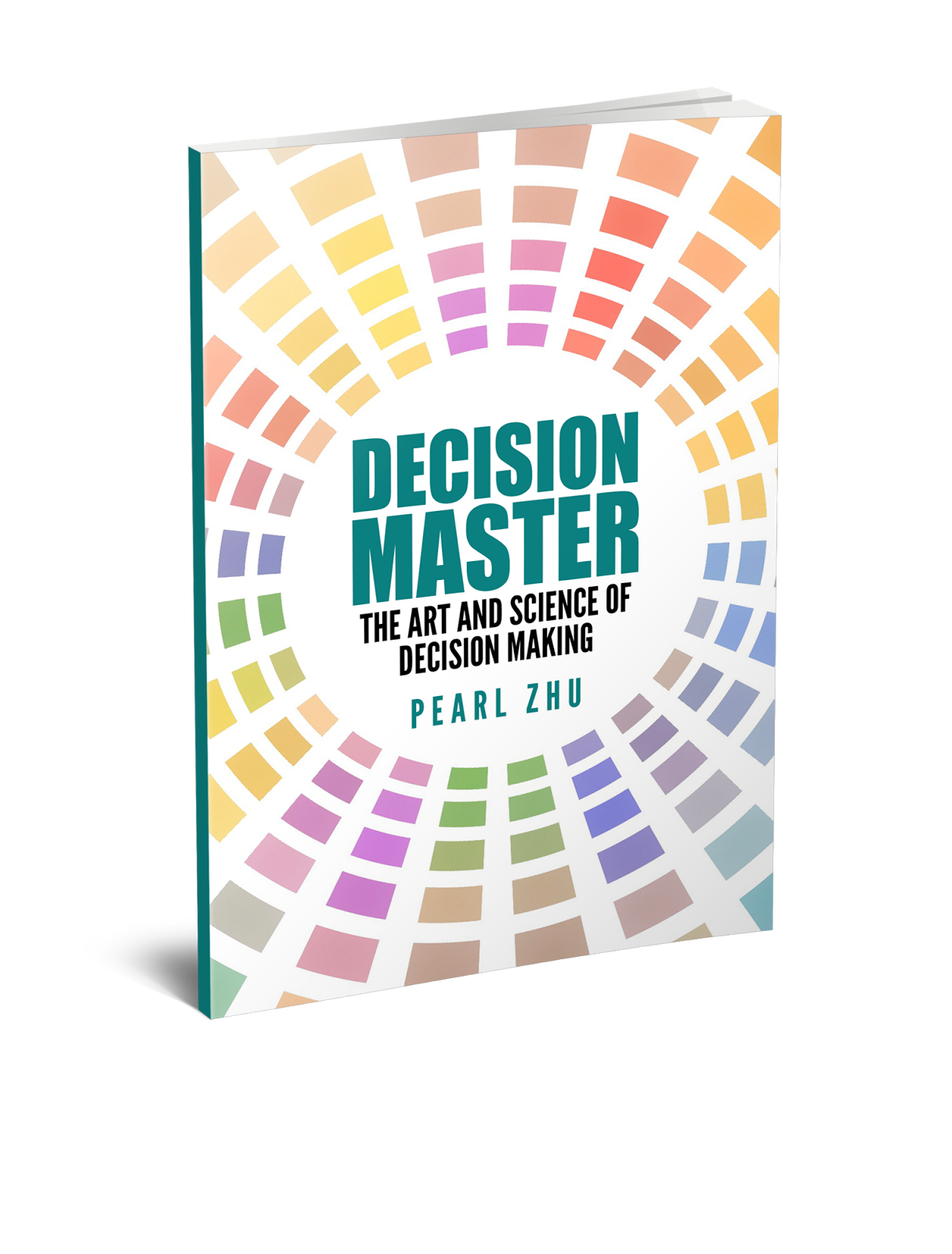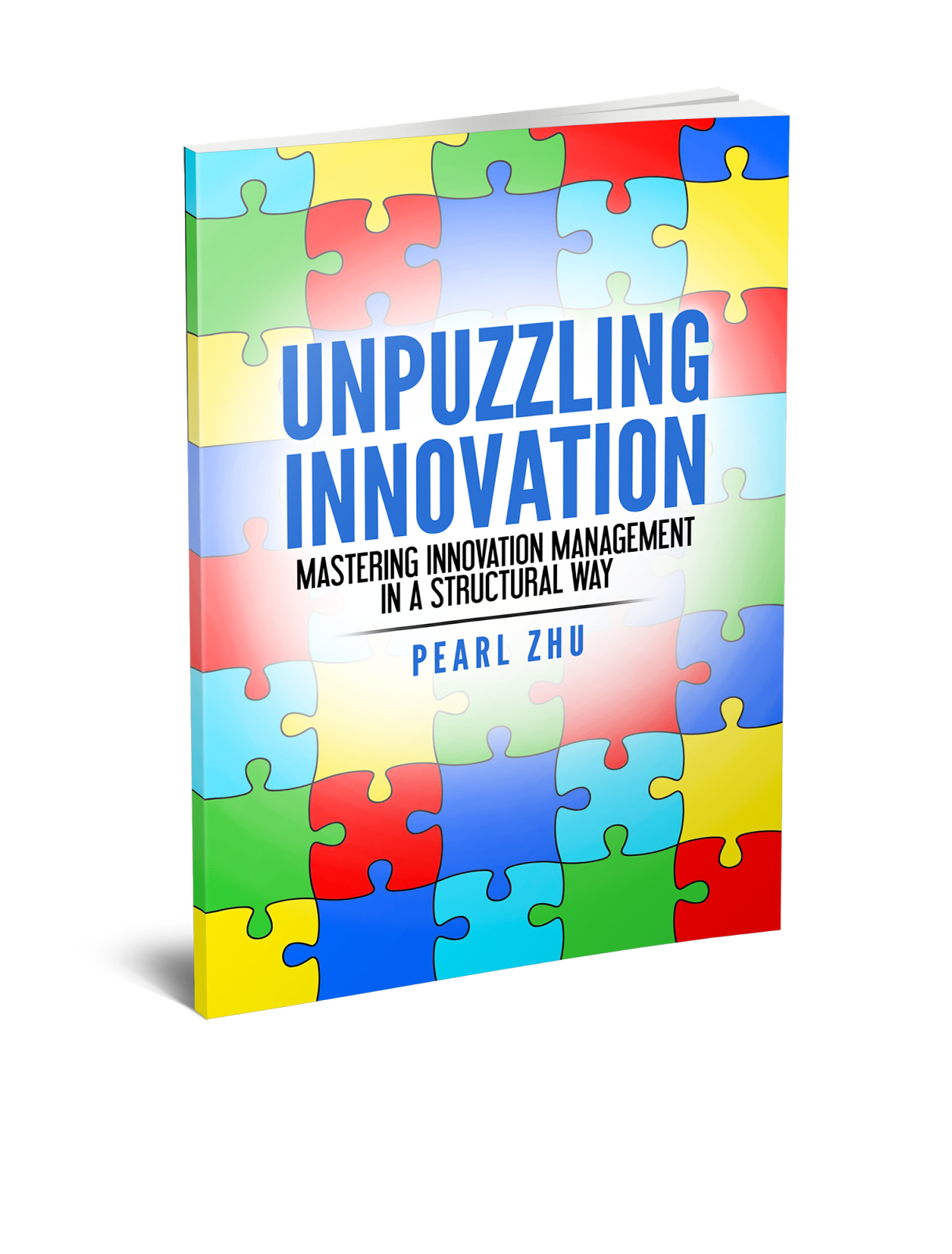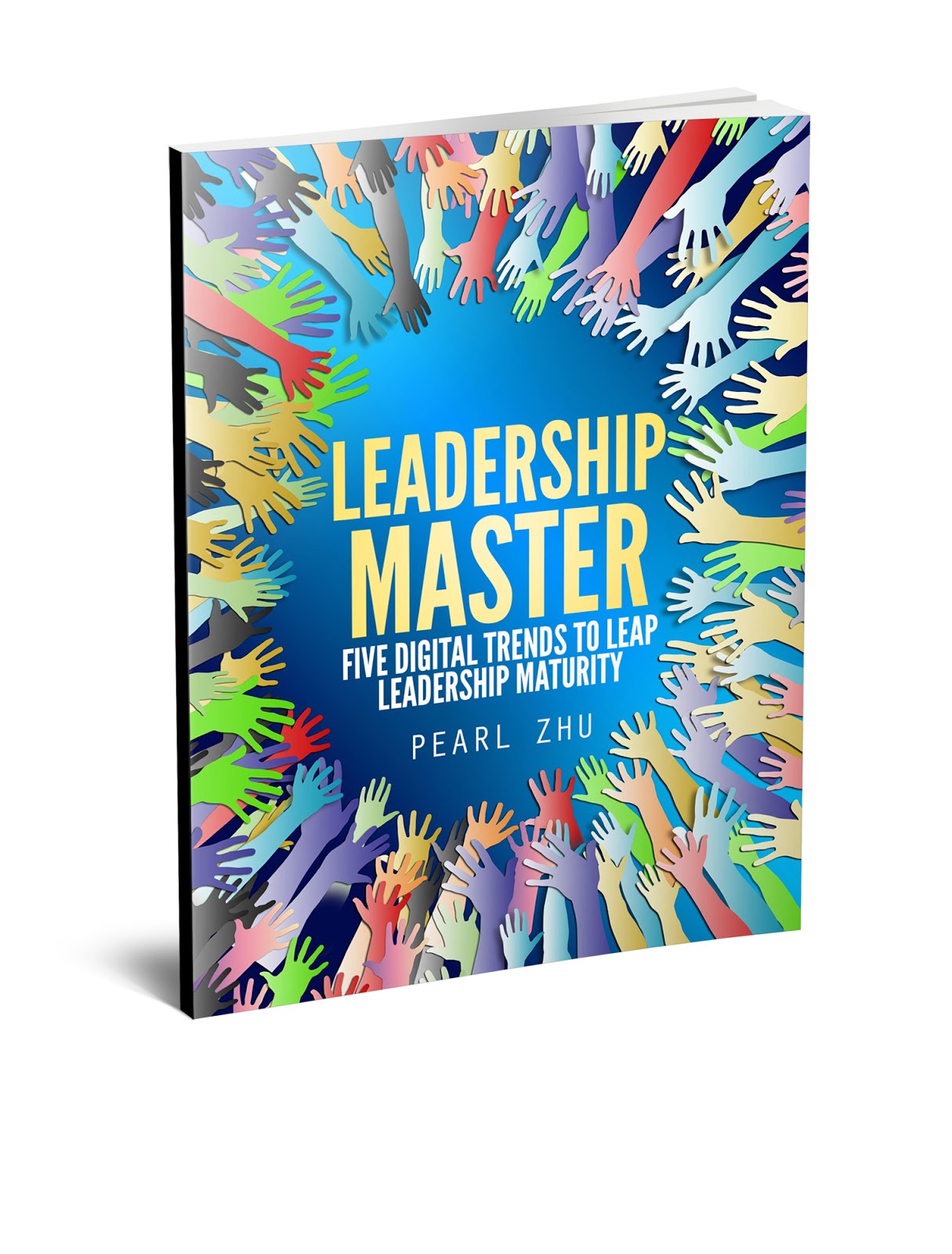Standardization within an Organization: Companies can establish a reference architecture for internal application development. This ensures consistency, reduces development time and costs, and simplifies maintenance. RAs can streamline development processes, reduce costs, and ensure consistency within an organization or industry.
Integration aspect: When integrating different systems, a reference architecture can provide a roadmap for establishing communication protocols, data exchange formats, and ensuring compatibility between disparate technologies. With emerging digital technology and information exponentiation, Cloud providers offer reference architectures for deploying specific applications on their platforms. These RAs guide users on how to leverage cloud services effectively, optimizing security, scalability, and cost-efficiency.
Industry Best/Next Practices: Reference Architectures can be developed by industry bodies to promote best practices for specific domains. This fosters collaboration, improves interoperability between products from different vendors, and benefits the industry as a whole.
Customization and Considerations: RA can be applied to meet Project-Specific Needs with Flexibility and Iteration: While RAs offer a foundation, they shouldn't be rigid blueprints. Projects may require customization to address unique requirements, technological advancements, or specific business goals. Some reference architectures are employed to create a customized architecture for your domain or enterprise. Some reference architectures include the human aspects in the design of the enterprise business entity. The chosen reference architecture should be flexible enough to adapt to changing needs and technological advancements.
Skills and Expertise: Applying a reference architecture effectively requires a certain level of expertise in the relevant domain and an understanding of the chosen RA's principles. Organizations need to invest in training or hire specialists to ensure proper implementation.
The Reference Architecture serves as the initial idea or blueprint that guides the design and development of a system. While they provide a foundation, RAs should also be flexible enough to incorporate new technologies and best practices that emerge over time. By outlining pre-defined components and established practices, RAs can help reduce complexity in system design, leading to more reliable and maintainable systems.


































